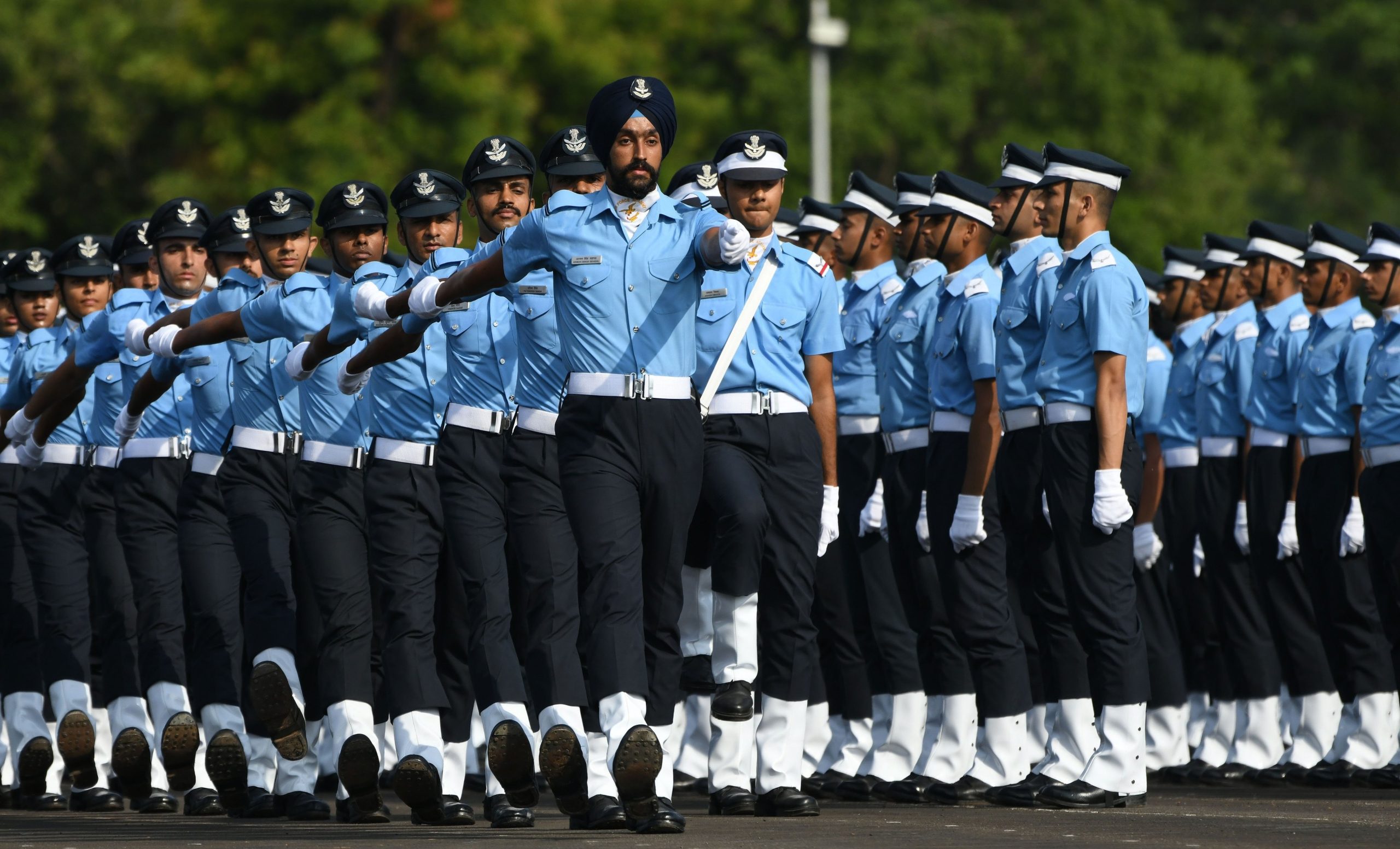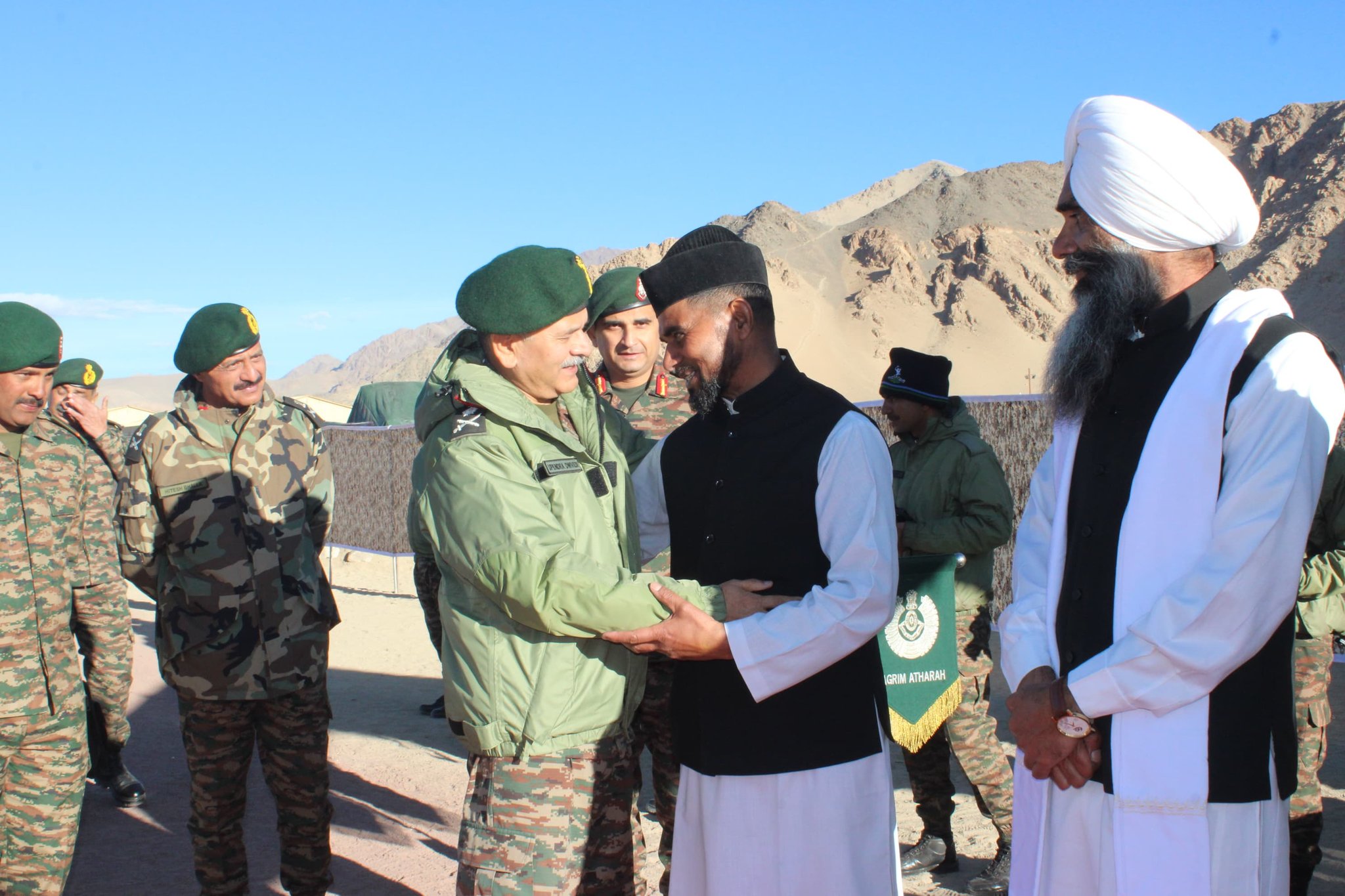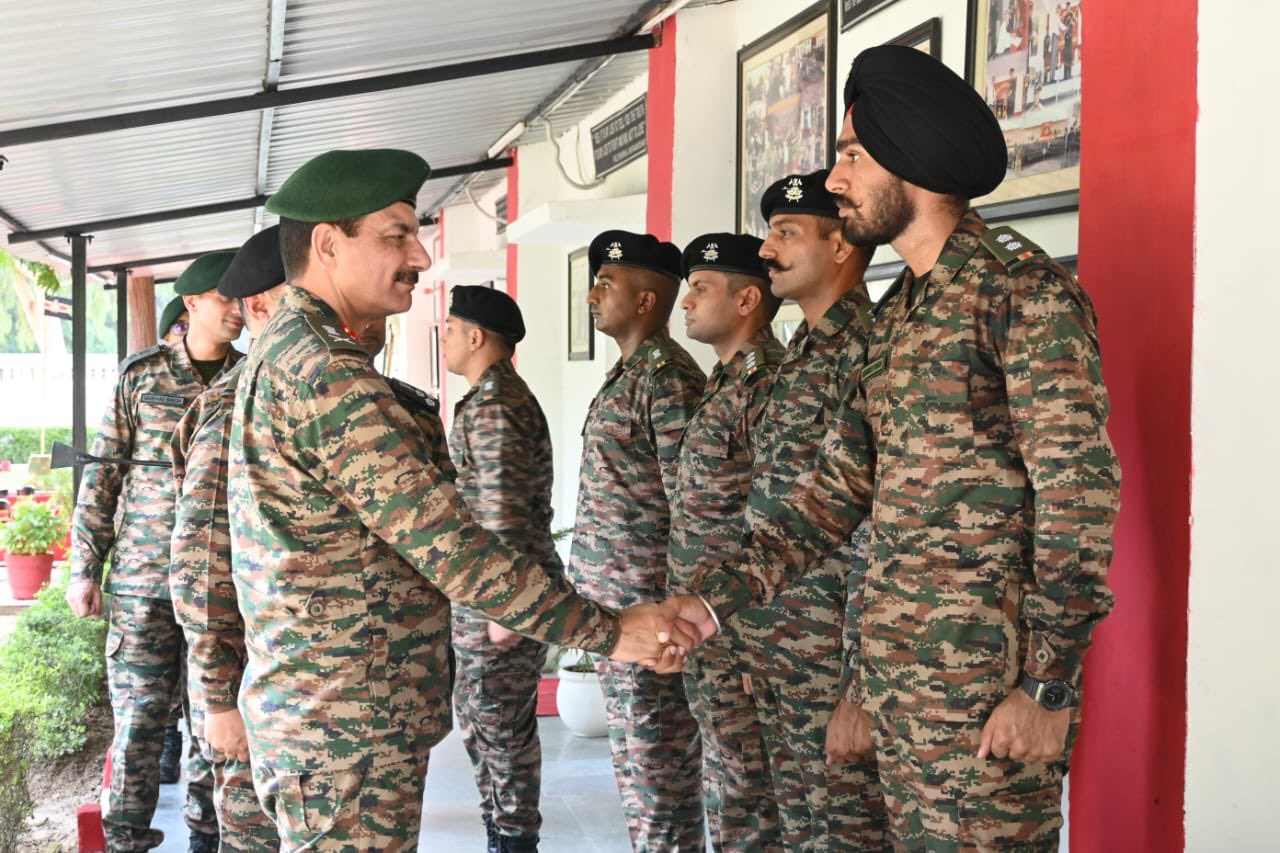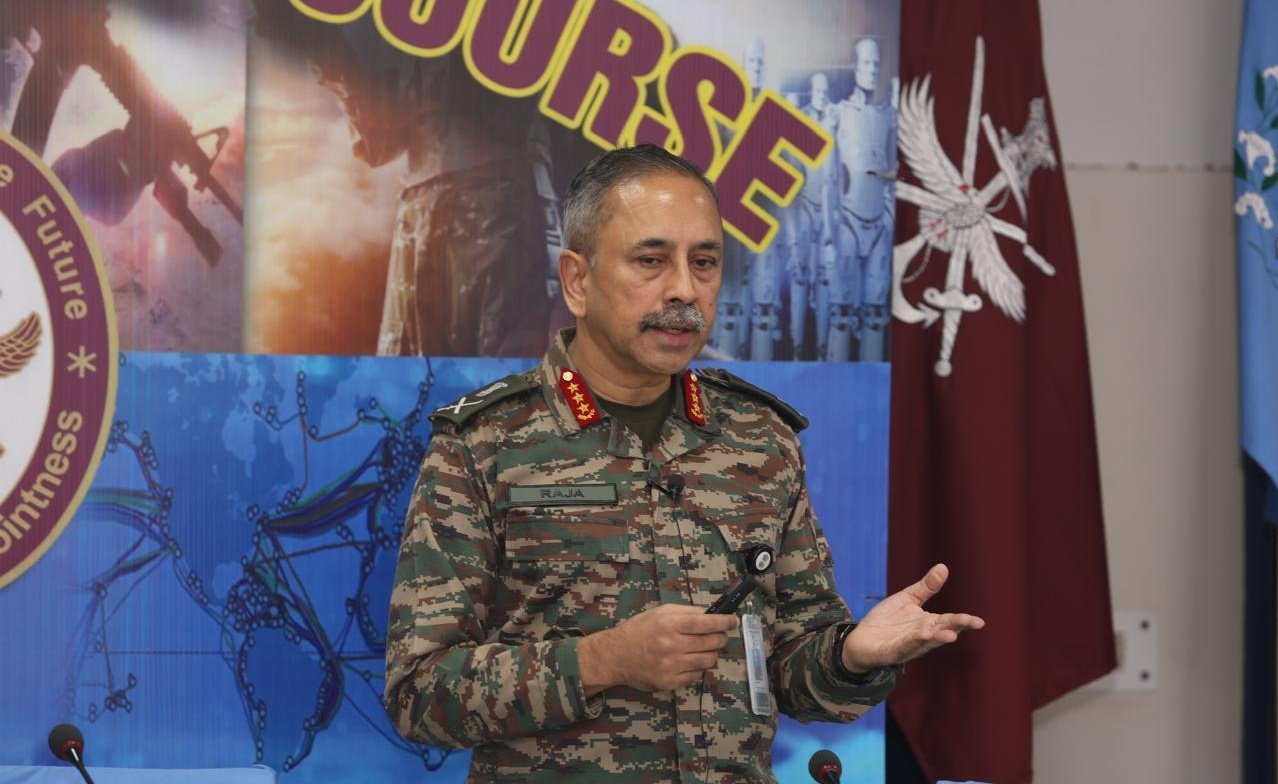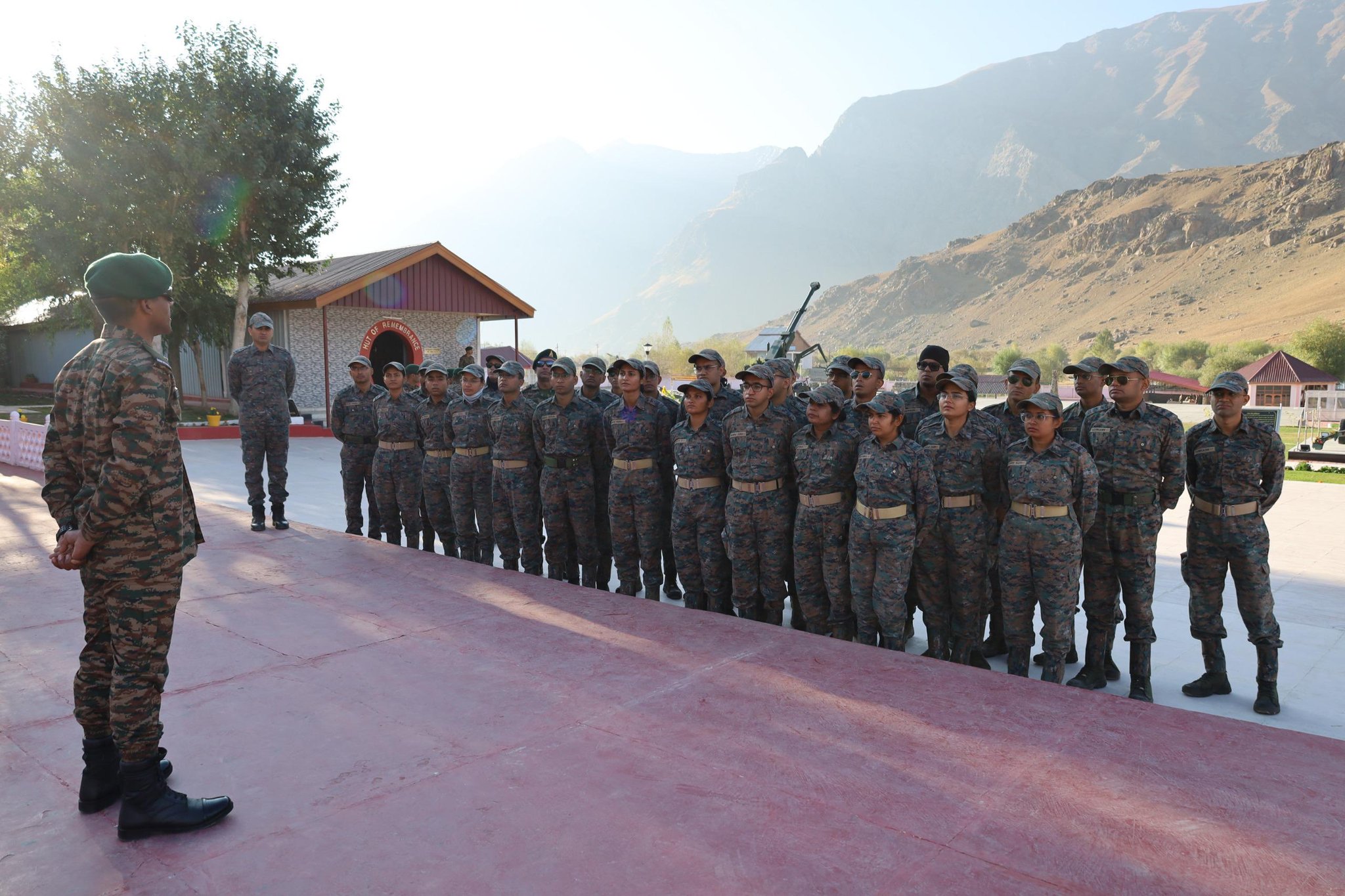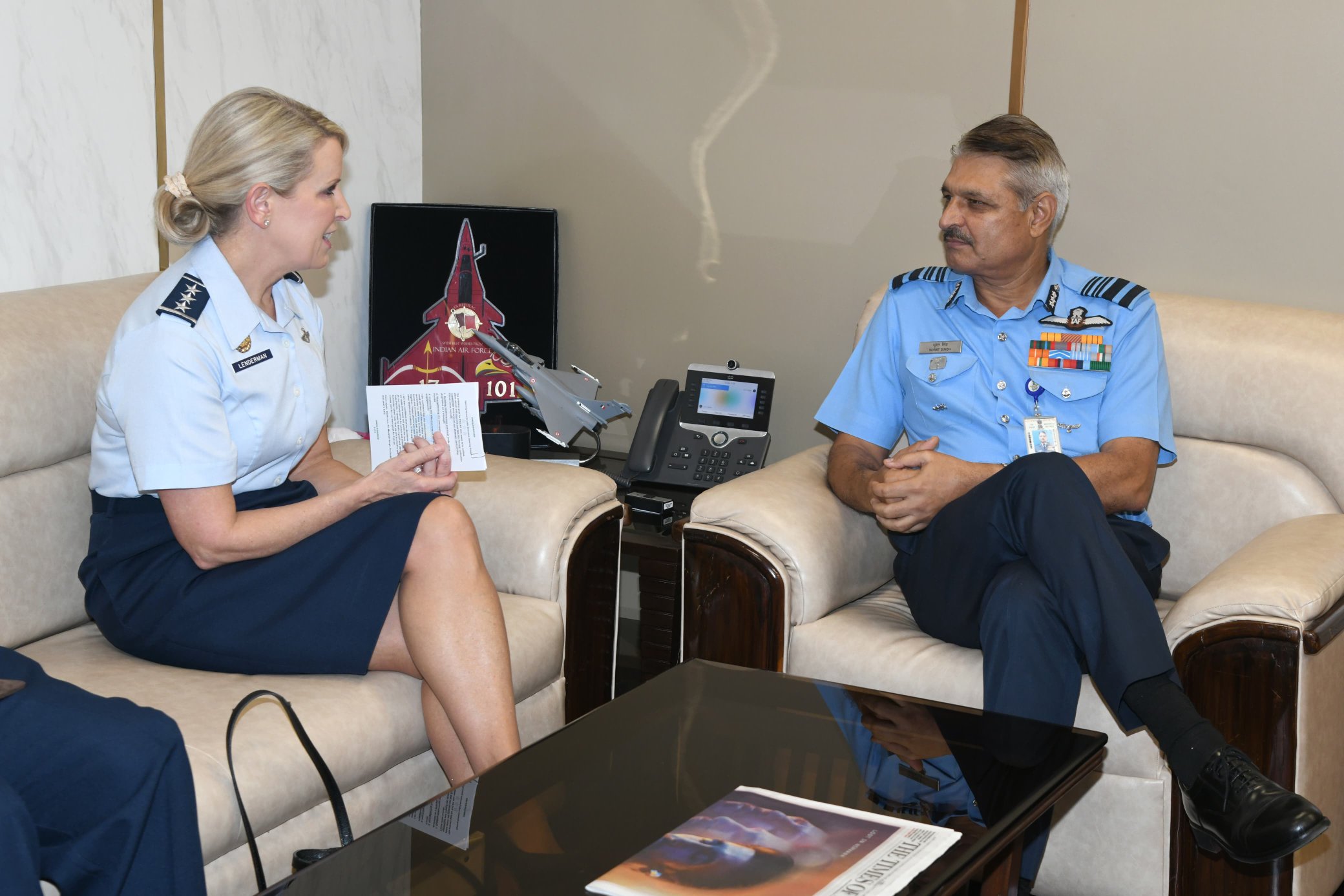AFCAT 2 2024 Result to Be Published on 30th September 2024
Update: The Indian Air Force has announced the official AFCAT 2 cut-off for 2024, alongside the AFCAT 2 2024 results,…
General Upendra Dwivedi COAS Reviews Security and Operational Preparedness in Siachen and Eastern Ladakh
General Upendra Dwivedi, the Chief of Army Staff (COAS), recently conducted a significant visit to the Siachen Glacier, Eastern Ladakh,…
Lt Gen Nagendra Singh Reviews Operational Readiness at Gandiv Knights Brigade
Lt Gen Nagendra Singh, General Officer Commanding of Chetak Corps, recently visited the Gandiv Knights Brigade to assess their operational…
Lt Gen N Raja Subramani Delivers Key Insights on Technology and Warfare at Future Warfare Course
On the concluding day of the Future Warfare Course, Lt Gen N Raja Subramani, Vice Chief of Army Staff, delivered…
IPS Trainees Visit Kargil War Memorial, Honor Heroes of Operation Vijay
On September 26, 2024, a contingent of 32 Indian Police Service (IPS) trainees from the Sardar Vallabhbhai Patel National Police…
IAF Hosts 25th Edition of Indo-US Air Force Executive Steering Group Meeting
The Indian Air Force (IAF) successfully conducted the 25th edition of the Indian Air Force-United States Air Force Executive Steering…

